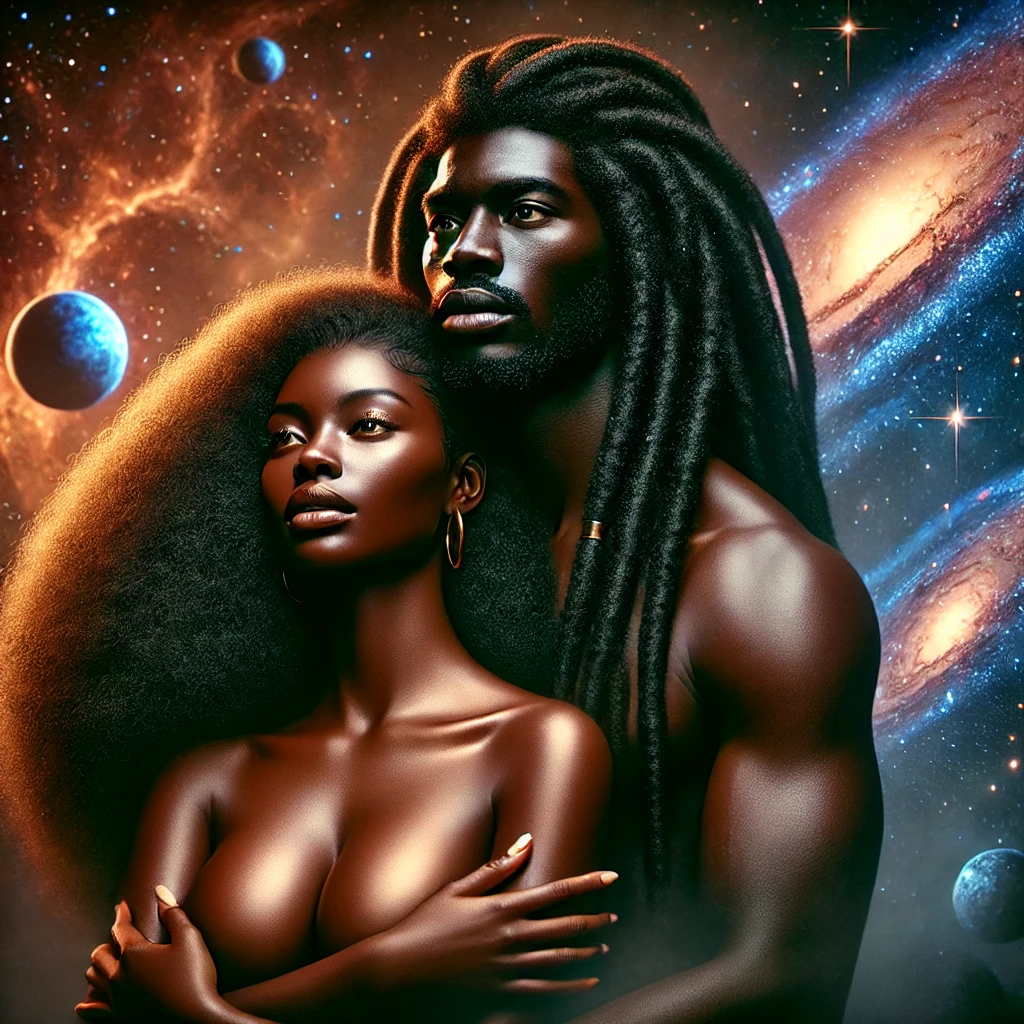Outline for Is It Really This Way?
Target Word Count: 120,000 words
Chapters: 15
Words Per Chapter: 8,000 (4,000 dialogue, 4,000 narrative and description)
Structure: Each chapter has a subchapter, divided into five scenes.
Chapter 1: The Threshold
Subchapter: Awakening in the Void
- Scene 1:
Setting: A barren landscape under a pale, unchanging sky.
Overview: Protagonist (name TBD) awakens with fragmented memories and a vague sense of purpose. They encounter the first manifestation of the divine feminine—a voice in the wind—urging them to walk toward an unknown horizon.
Dialogue Focus: An inner monologue punctuated by whispered questions from the wind.
Conflict: Fear of the unknown versus the pull of curiosity. - Scene 2:
Setting: A crumbling bridge over a dry riverbed.
Overview: The protagonist meets a cloaked figure (Mentor archetype) who speaks cryptically about balance and transformation.
Dialogue Focus: A philosophical exchange where the mentor challenges the protagonist’s understanding of reality.
Conflict: The protagonist struggles to trust the mentor’s intentions. - Scene 3:
Setting: A small village with wilted gardens and closed doors.
Overview: The protagonist tries to connect with the villagers but is met with suspicion and avoidance. They notice signs of an oppressive force in the village’s stagnation.
Dialogue Focus: Conversations with reluctant villagers, revealing their fear and despair.
Conflict: The protagonist’s growing frustration with the villagers’ passivity. - Scene 4:
Setting: An abandoned temple at the edge of the village.
Overview: The protagonist discovers a relic tied to the divine feminine—an ancient, cracked mirror that shows their reflection as two overlapping figures.
Dialogue Focus: The mentor explains the significance of duality and the need to embrace contradictions.
Conflict: The protagonist resists the implications of the mirror’s message. - Scene 5:
Setting: A storm gathering over the horizon as night falls.
Overview: The protagonist makes the decision to leave the village, following a faint trail illuminated by the storm’s lightning.
Dialogue Focus: A heated exchange between the protagonist and the mentor about choice, destiny, and responsibility.
Conflict: The protagonist’s reluctance to accept their role as an agent of transformation.
Chapter 2: The First Step
Subchapter: Embracing the Unknown
- Scene 1:
Setting: A dense, twisting forest with no clear path.
Overview: The protagonist ventures into the forest, where they feel watched. The atmosphere shifts between beauty and menace.
Dialogue Focus: The protagonist speaks to themselves, grappling with fear and doubt, while the forest responds with faint echoes of laughter or sighs.
Conflict: Internal struggle with trust and perseverance. - Scene 2:
Setting: A clearing with a small, glowing pool.
Overview: The protagonist meets a secondary character (Companion archetype), who is gathering water. The companion appears warm but guarded.
Dialogue Focus: Initial wariness giving way to tentative camaraderie as the companion agrees to travel with the protagonist.
Conflict: Mistrust between the characters, tempered by mutual need. - Scene 3:
Setting: A tree with roots tangled around a broken statue.
Overview: The companion reveals fragments of their past, hinting at a personal connection to the oppressive force in the land.
Dialogue Focus: A philosophical conversation about guilt, redemption, and the power of stories.
Conflict: The protagonist’s skepticism clashes with the companion’s idealism. - Scene 4:
Setting: A hidden grove with radiant flowers that bloom and wilt within moments.
Overview: The companion shows the protagonist how to harvest the flowers to create a healing salve, teaching them about the balance of giving and taking.
Dialogue Focus: A lighter, more collaborative exchange, underscoring themes of interdependence.
Conflict: The protagonist’s struggle to accept the impermanence of beauty. - Scene 5:
Setting: The edge of the forest, where a sheer cliff overlooks an endless, shifting desert.
Overview: The mentor appears again, urging the protagonist to cross the desert, while the companion argues for a different path.
Dialogue Focus: A tense debate about the nature of choice and the consequences of inaction.
Conflict: The protagonist is torn between competing visions of their journey.
Chapter 3: The Desert of Mirrors
Subchapter: Confronting the Self
- Scene 1:
Setting: The edge of the desert, marked by ancient stone pillars.
Overview: The protagonist and the companion step into the desert, where the heat distorts their perceptions.
Dialogue Focus: The characters argue about the wisdom of the journey, revealing deeper insecurities.
Conflict: Rising tension between the characters, amplified by the oppressive environment. - Scene 2:
Setting: A mirage-like oasis that turns out to be an illusion.
Overview: The protagonist sees visions of their past in the shimmering air, triggering a crisis of self-doubt.
Dialogue Focus: Internal dialogue as the protagonist grapples with the mirages, supported by the companion’s reassurances.
Conflict: The protagonist’s growing frustration with their own vulnerability. - Scene 3:
Setting: A sunken cavern hidden beneath the sand.
Overview: The pair discovers an underground refuge where they uncover relics of an ancient civilization that revered the divine feminine.
Dialogue Focus: Discussions about cycles of rise and fall, creation and destruction.
Conflict: Disagreement about whether humanity can learn from its past mistakes. - Scene 4:
Setting: The cavern’s central chamber, filled with broken mirrors.
Overview: The protagonist confronts a distorted reflection of themselves that speaks, forcing them to confront their fears and ambitions.
Dialogue Focus: A psychological battle between the protagonist and their reflection.
Conflict: The protagonist’s resistance to acknowledging their shadow self. - Scene 5:
Setting: Emerging from the cavern to a starlit desert.
Overview: The protagonist and companion reconcile, their bond strengthened by shared vulnerability. The stars guide them toward the next phase of their journey.
Dialogue Focus: A heartfelt exchange about hope and resilience.
Conflict: The lingering tension of what lies ahead.
This outline would continue similarly for subsequent chapters, progressively delving deeper into the story’s spiritual and philosophical themes, while maintaining a strong emotional and analytical balance. Would you like me to develop additional chapters or refine this further?

Leave a Reply